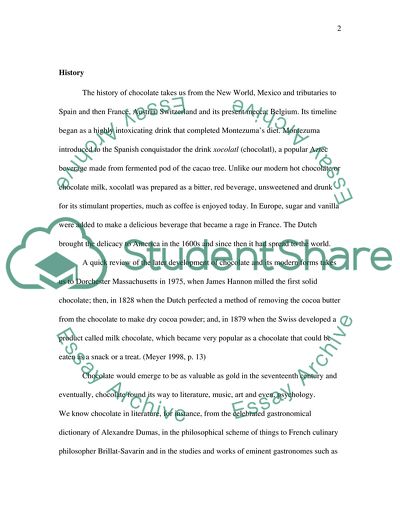Cite this document
(Chocolate and its Advantages Essay Example | Topics and Well Written Essays - 4000 words, n.d.)
Chocolate and its Advantages Essay Example | Topics and Well Written Essays - 4000 words. Retrieved from https://studentshare.org/miscellaneous/1715090-chocolate
Chocolate and its Advantages Essay Example | Topics and Well Written Essays - 4000 words. Retrieved from https://studentshare.org/miscellaneous/1715090-chocolate
(Chocolate and Its Advantages Essay Example | Topics and Well Written Essays - 4000 Words)
Chocolate and Its Advantages Essay Example | Topics and Well Written Essays - 4000 Words. https://studentshare.org/miscellaneous/1715090-chocolate.
Chocolate and Its Advantages Essay Example | Topics and Well Written Essays - 4000 Words. https://studentshare.org/miscellaneous/1715090-chocolate.
“Chocolate and Its Advantages Essay Example | Topics and Well Written Essays - 4000 Words”, n.d. https://studentshare.org/miscellaneous/1715090-chocolate.


